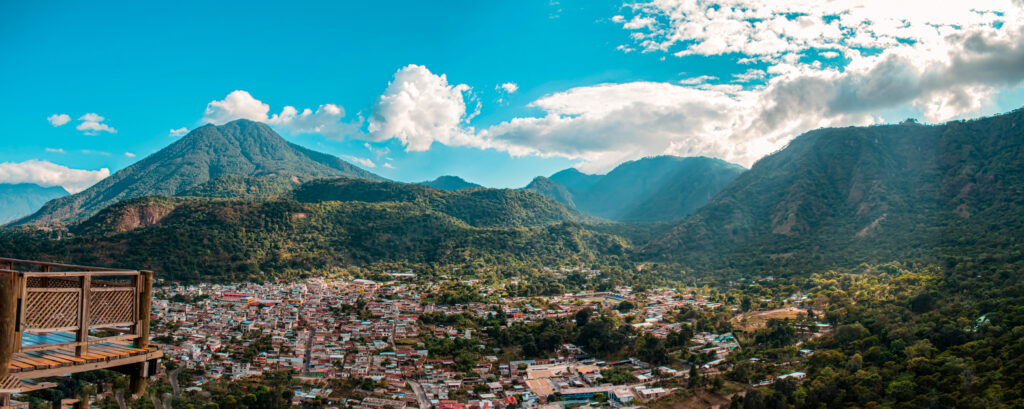An Economic Powerhouse
Guatemala stands out as the largest economy in Central America, boasting a GDP of USD 85.99 billion in 2021, according to the World Bank. Its economy has shown remarkable resilience and growth, maintaining one of the steadiest growth rates in Latin America over the past three decades. Even during the global economic downturn caused by the COVID-19 pandemic, Guatemala’s GDP contraction was a modest 1.5%, reflecting its economic stability.
Strategic Location and Trade Potential
Strategically located in northern Central America, Guatemala shares borders with Mexico and Belize, and has direct access to both the Pacific Ocean and the Caribbean Sea. This geographical advantage is amplified by the North American Free Trade Agreement (NAFTA), enhancing trade opportunities with the US and Canada. Additionally, the customs union with Honduras and El Salvador positions Guatemala as a potential major hub for supply chain companies, facilitating smoother trade within the region.
Diverse Economy and Growth Sectors
While Guatemala has traditionally relied on exports like coffee, the country is diversifying. Manufacturing, particularly light assembly and food processing, along with tourism, textiles, and non-traditional agricultural products like fruit and flowers, are becoming increasingly vital. In 2019, Guatemala’s exports reached USD 11 billion, with bananas, sugar, coffee, and cardamom being top contributors.
A Young, Skilled Workforce
Guatemala’s demographics are another asset, with a population of 17.9 million, 70% of whom are under 40 years old. This young workforce is well-educated, supported by both public and private educational institutions. The National Institute of Statistics of Guatemala (INE) reported 22,633 graduates in 2018, indicating a robust pipeline of skilled labor.
Competitive Labor Costs
Labor costs in Guatemala are highly competitive. In 2020, the minimum wage for agricultural activities was approximately USD 384 per month, and for non-agricultural activities, it was around USD 395 per month. This affordability, combined with the availability of skilled labor, makes Guatemala an attractive destination for businesses seeking cost-effective operations.
Robust Trade Relations
Guatemala’s international commerce represents over 30% of Central America’s total imports and exports. The country’s government has actively pursued foreign direct investment (FDI) and established free trade agreements with several Latin American countries, including Colombia, Costa Rica, the Dominican Republic, Honduras, Panama, and El Salvador. Mexico remains a crucial trade partner, with bilateral trade amounting to USD 238 billion in 2018.
Guatemala presents a compelling case for investors and businesses looking to tap into Central America’s dynamic market. Its strategic location, economic resilience, diverse growth sectors, young and skilled workforce, and competitive labor costs make it an ideal destination for investment. Companies like KIVO BPO can provide essential support in navigating this promising landscape, offering expertise in market entry and back-office services.
Engage with local experts to capitalize on the opportunities in Guatemala. Connect with Kamila, Jose, or Edwin at Home Delivery World to learn more about how KIVO BPO can assist you in establishing and growing your business in this thriving economy.
Key Statistics:
- GDP (2021): USD 85.99 billion
- Population: 17.9 million
- GDP Per Capita: USD 5,025.25
- Top Exports (2019): Bananas (USD 844 million), Sugar (USD 695 million), Coffee (USD 662 million), Cardamom (USD 648 million)
- Commercial Exchange with Mexico (2018): USD 238 billion
- Young Population: 70% under 40 years old
For more information on doing business in Guatemala, contact KIVO BPO today.
